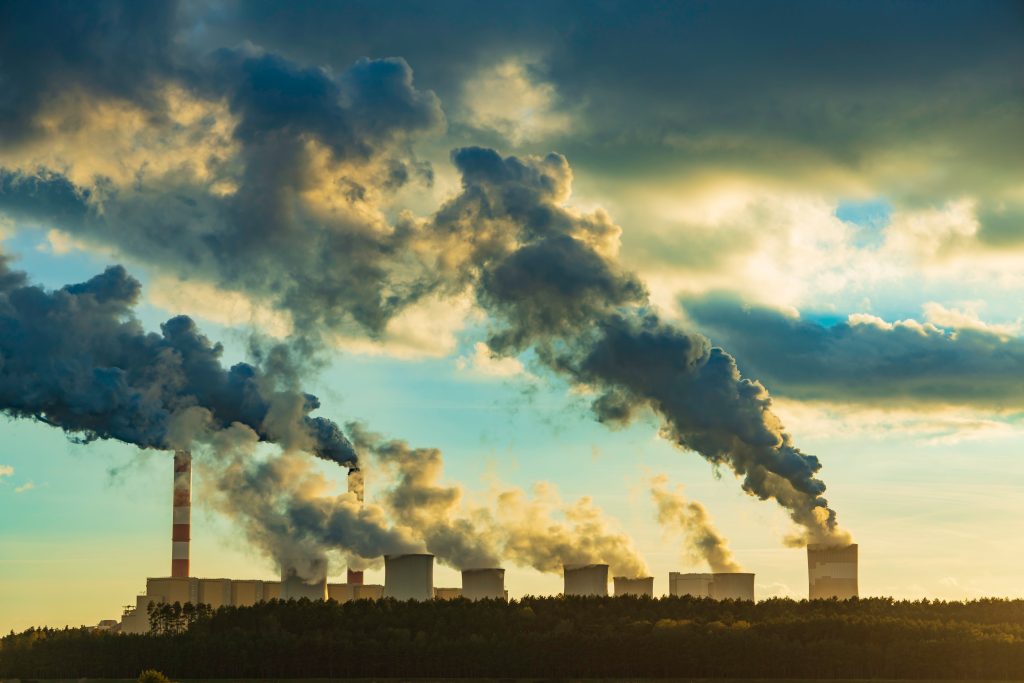How Much Energy Would It Take to Pull Carbon Dioxide out of the Air?
2 min readHow Much Energy Would It Take to Pull Carbon Dioxide out of the Air?
Removing carbon dioxide from the atmosphere is a crucial step in combating climate change. Scientists and...

How Much Energy Would It Take to Pull Carbon Dioxide out of the Air?
Removing carbon dioxide from the atmosphere is a crucial step in combating climate change. Scientists and researchers are constantly looking for ways to efficiently capture and store this greenhouse gas.
One of the most promising methods for capturing carbon dioxide is through direct air capture technology. This process involves using chemical reactions to pull carbon dioxide from the air and store it underground.
However, direct air capture is energy-intensive and can be costly. The amount of energy required to capture and store carbon dioxide depends on various factors, such as the concentration of CO2 in the air and the specific technology being used.
Some estimates suggest that direct air capture could require anywhere from 100 to 1000 kWh of energy per ton of CO2 captured. This is equivalent to the energy consumption of several households over a period of time.
Despite the energy requirements, direct air capture is considered a viable solution for reducing atmospheric carbon dioxide levels. As technology advances and becomes more efficient, the energy costs of this process are expected to decrease.
In addition to energy consumption, the cost of direct air capture is also a significant factor to consider. Currently, the technology is relatively expensive, but with continued research and development, it is hoped that costs will decrease over time.
Overall, while direct air capture requires a significant amount of energy, it is a promising solution for reducing carbon dioxide levels in the atmosphere and mitigating the effects of climate change.





